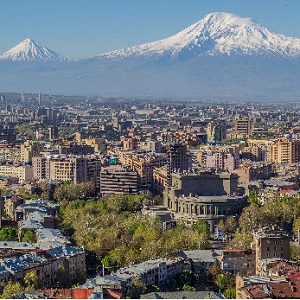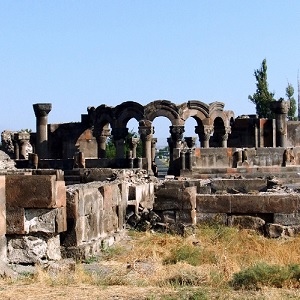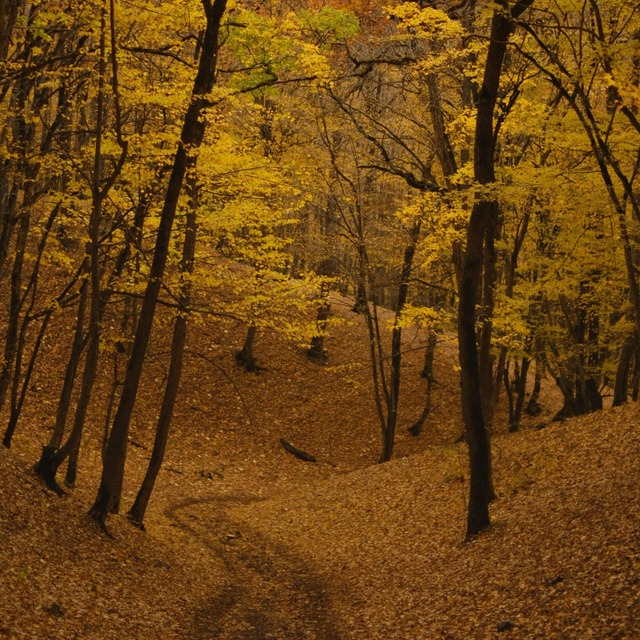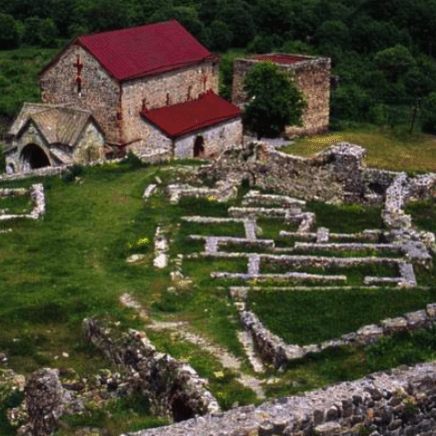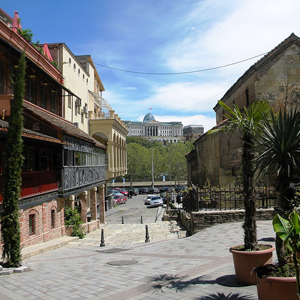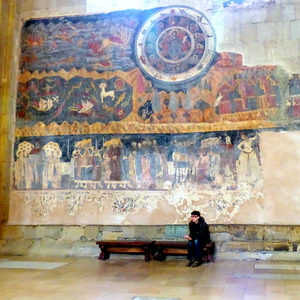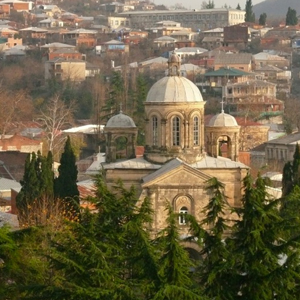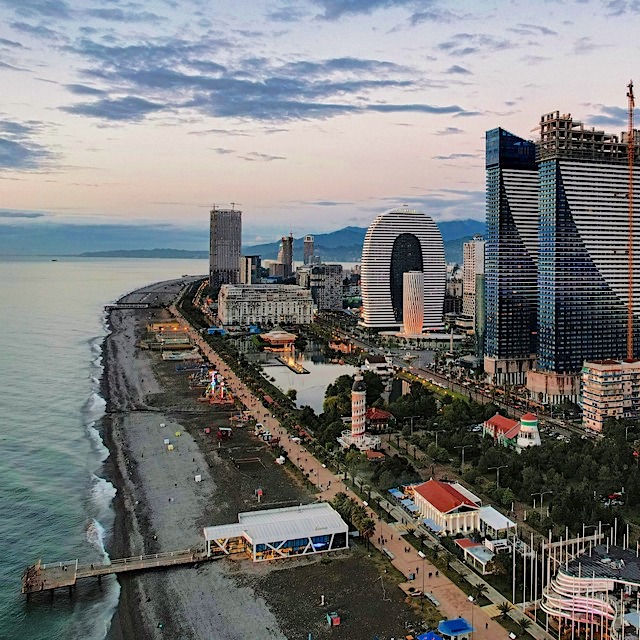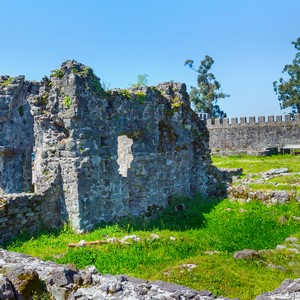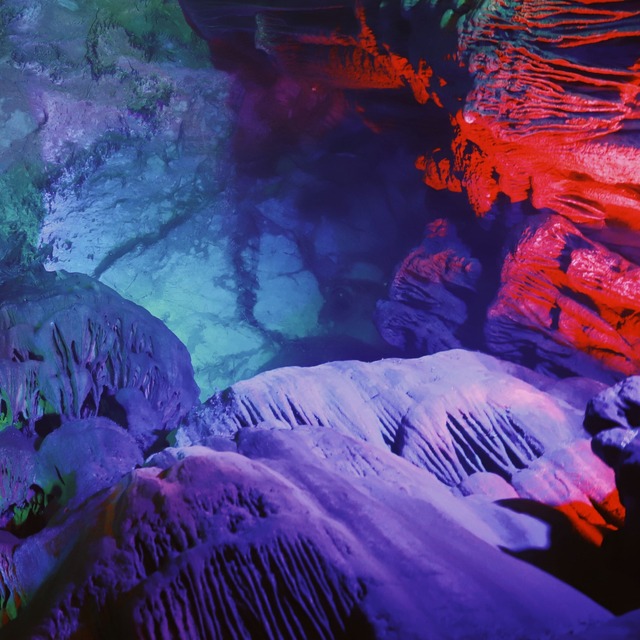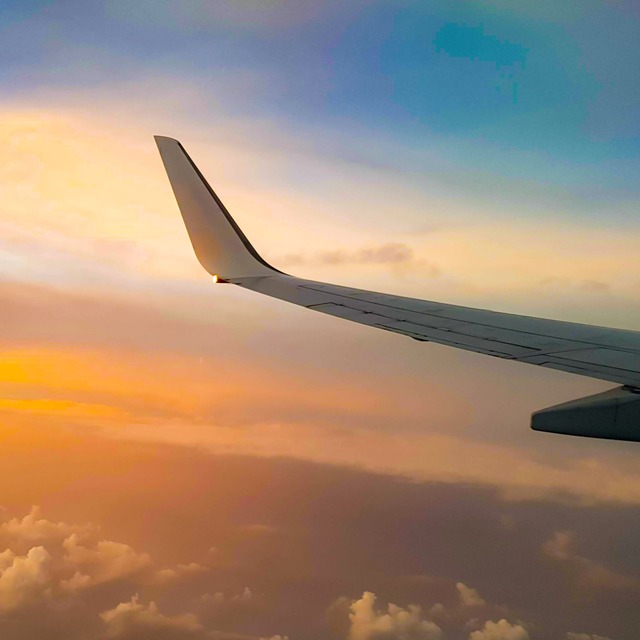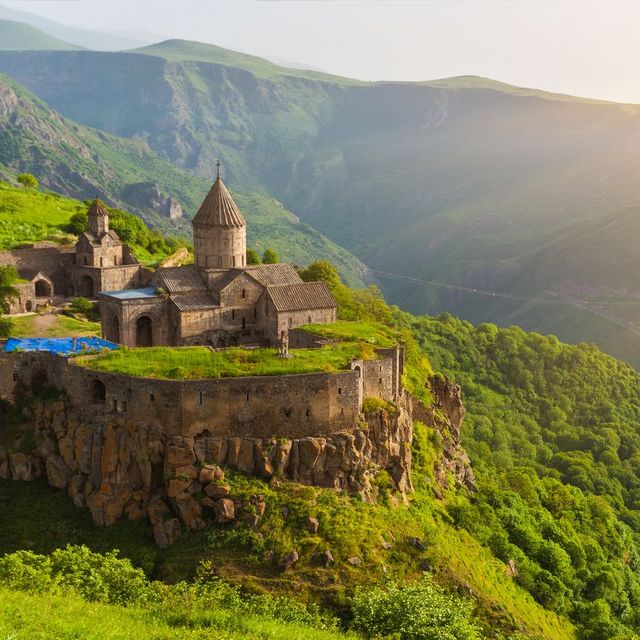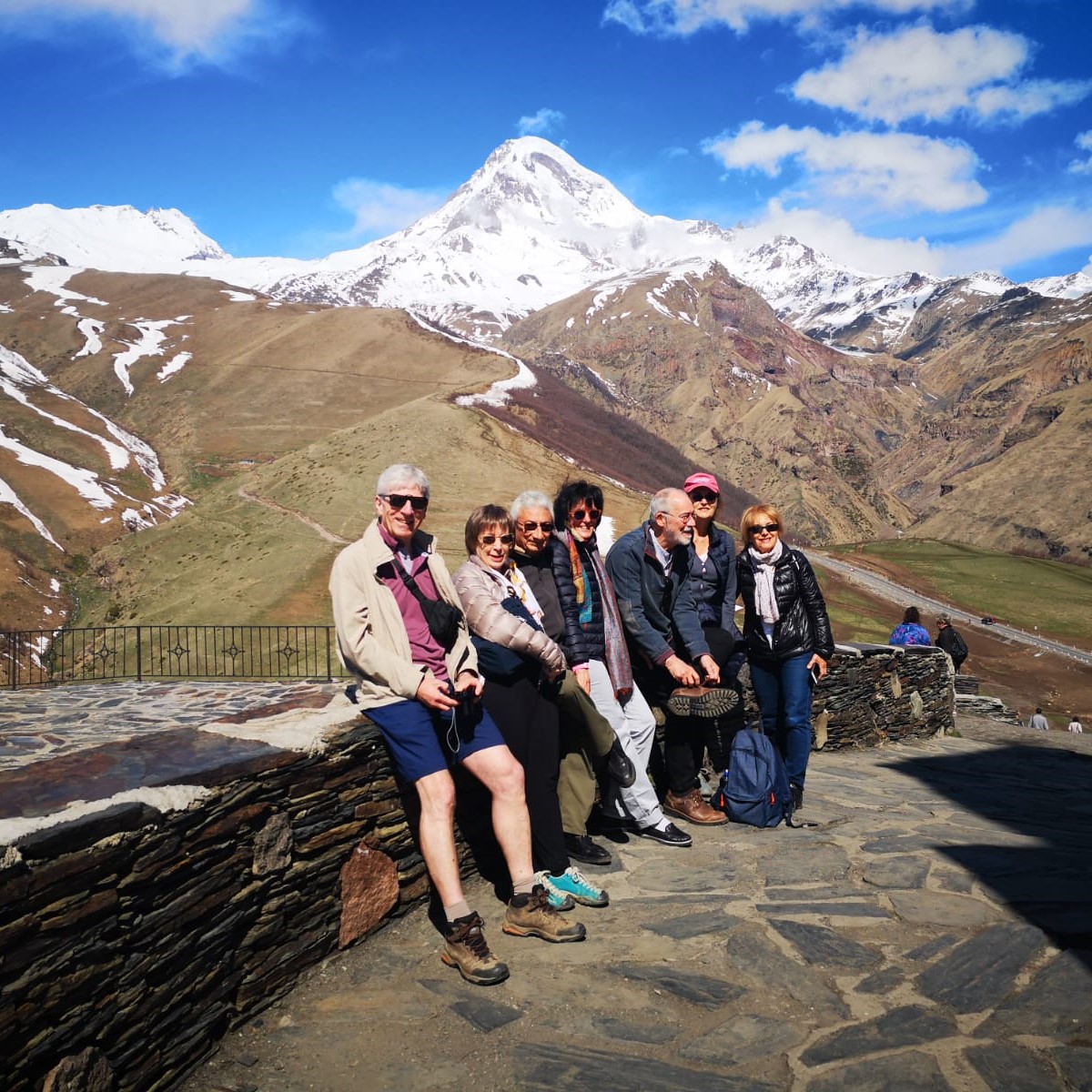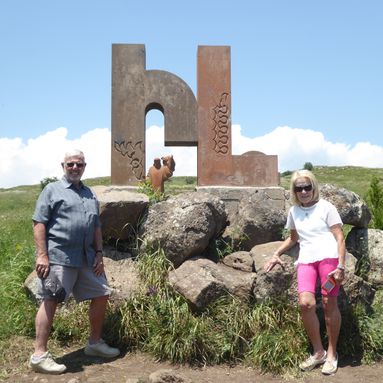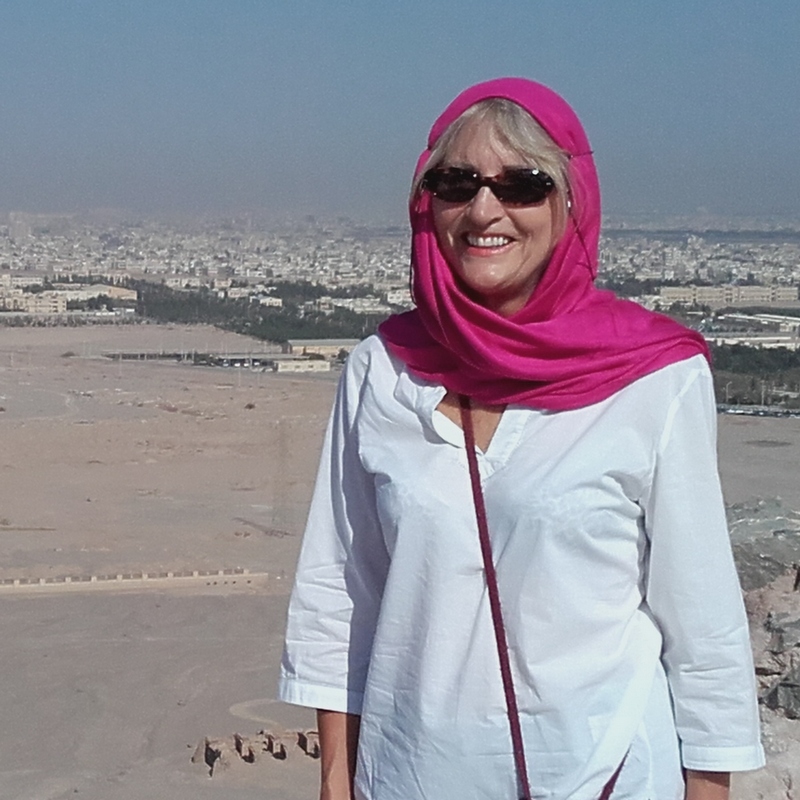Today we hit the highway to see Georgia's most ancient and most venerable city, Mtskheta. Inscribed onto UNESCO's World Heritage list since 1994, this small town occupies a dear - even sacred - place in the hearts of Georgians, as it was here that Christianity was proclaimed the state religion of Georgians in 337AD. Off the highway are a couple of archaeological sites that shed light on the Pre-Christian era. On the slopes of Mount Bagineti, Armaztsikhe. And nearby, Dzalisi, a now-ruined complex dating from around the 4th century BC. Both sites contain limited remains, but worth the visit nonetheless.
Back to the capital for an evening at leisure.
Overnight in Mercure Tbilisi Old Town, Tbilisi
Meal plan: Breakfast
Mtskheta is one of Georgia’s oldest cities, located roughly 20 km north of Tbilisi at the confluence of the Aragvi and Mtkvari rivers. Within the city (which is itself a UNESCO World Heritage Site) is the Svetitskhoveli Cathedral, one of Georgia’s largest places of worship. The site, surrounded by a defensive wall, has housed churches since the 4th century, but the standing building was constructed in the early 11th century and artfully restored in the 1970s. According to Biblical canon, Christ’s robe was carried to Mtskheka after his crucifixion and buried beneath the cathedral. Inside, a painting illustrates the buried garment and the miracle of a pillar rising into the air during the church’s construction.
Not much remains of Armaztsikhe, an archaeological complex that stood, from the 4th century BC, on the slopes of Mount Bagineti. The remains of a wall, towers, bulwarks, the base of the Armazi Idol, a palatial building, a wine cellar, a bathhouse, and plumbing are just a few of the ancient structures that remain here today. Found in open countryside, imagination completes the missing parts of the picture.
